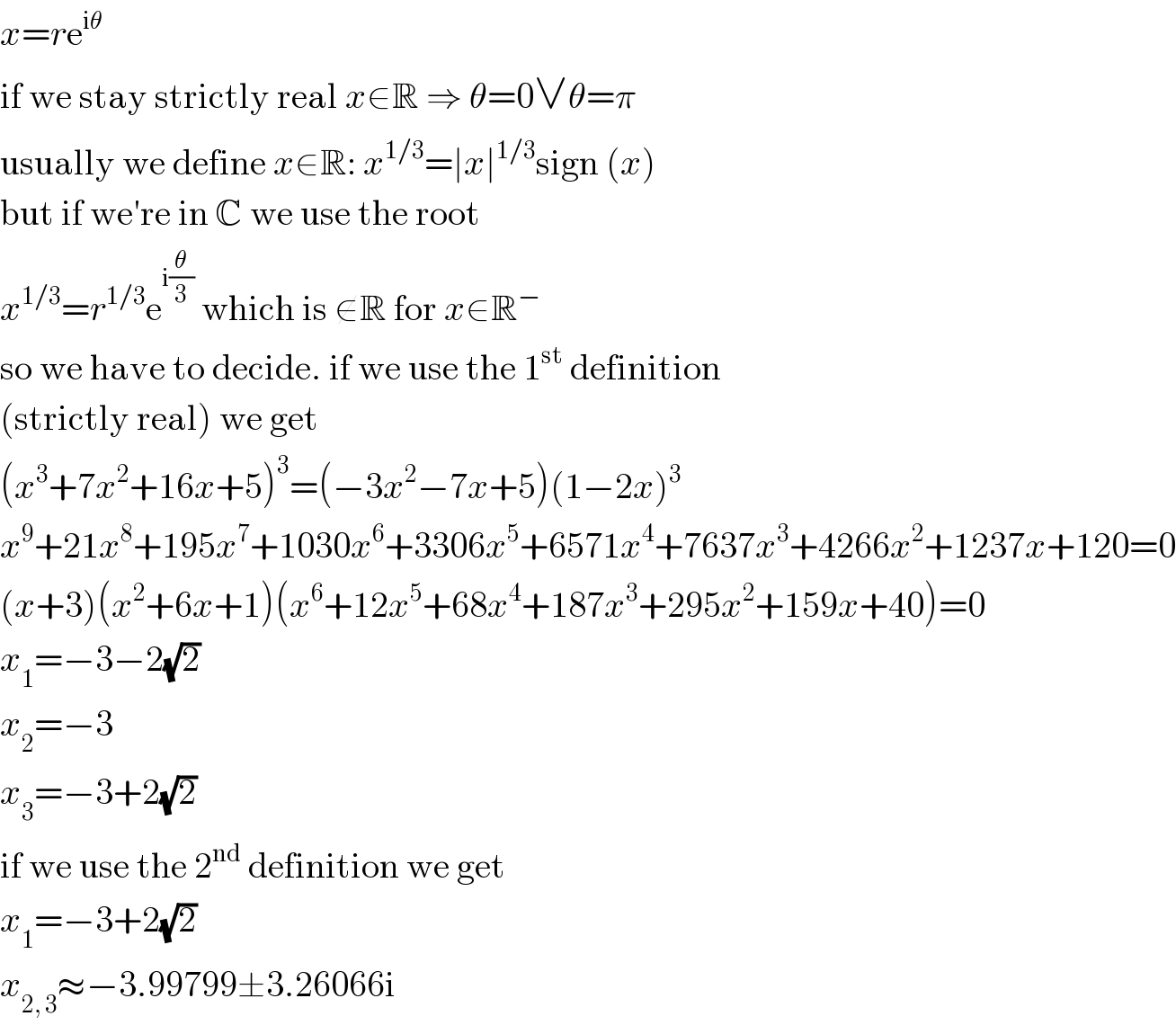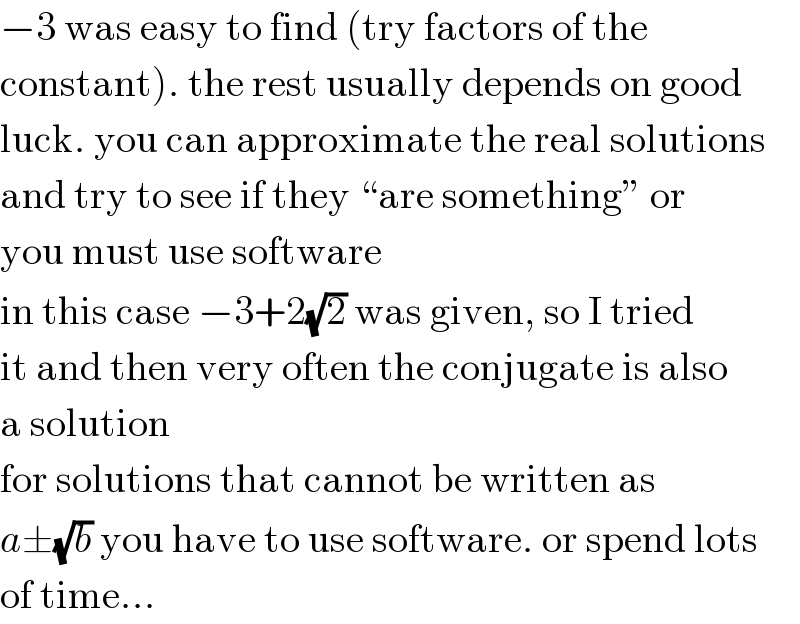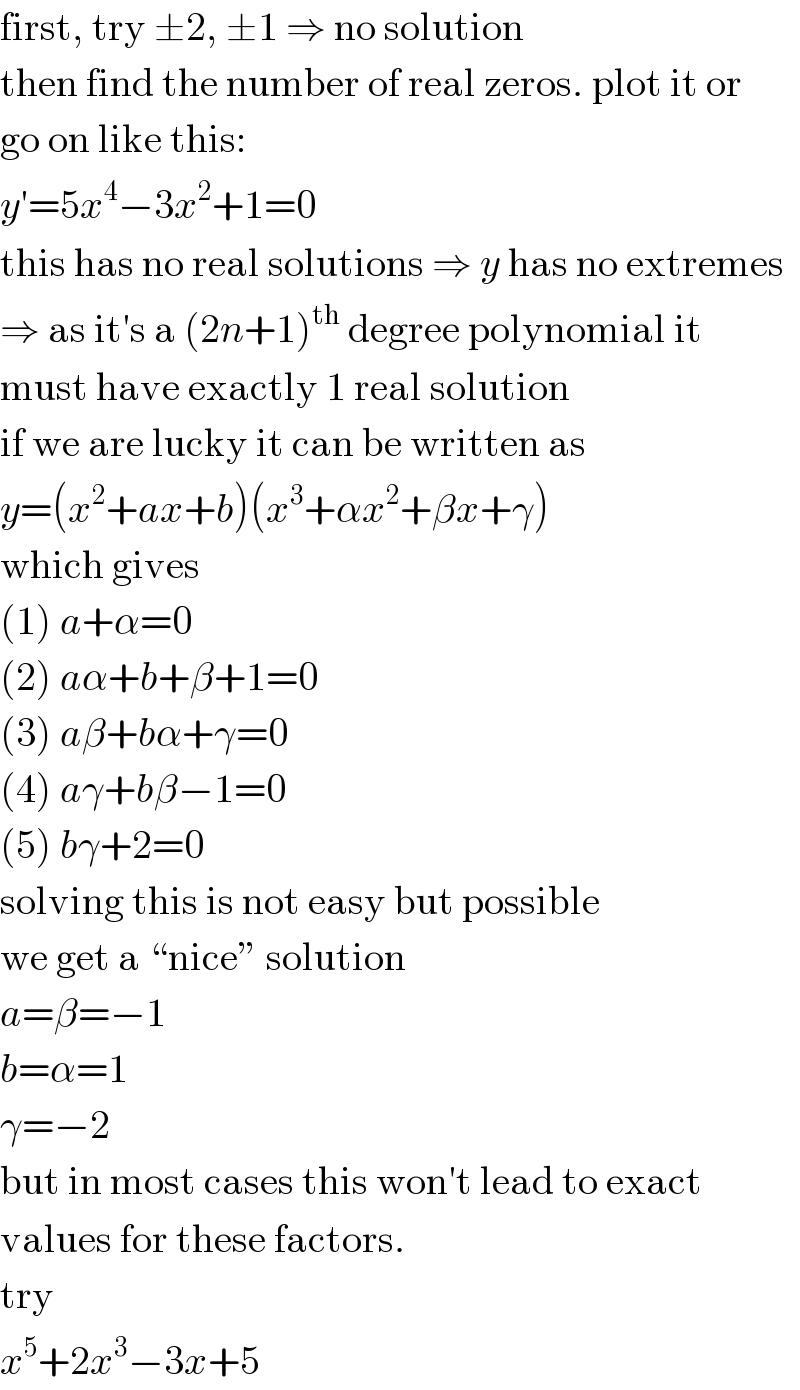
Question and Answers Forum
Question Number 121585 by Algoritm last updated on 09/Nov/20

Commented by Algoritm last updated on 09/Nov/20

Commented by MJS_new last updated on 09/Nov/20

Commented by Dwaipayan Shikari last updated on 09/Nov/20

Commented by MJS_new last updated on 09/Nov/20

Commented by Dwaipayan Shikari last updated on 09/Nov/20

Commented by MJS_new last updated on 09/Nov/20

Commented by Dwaipayan Shikari last updated on 10/Nov/20

